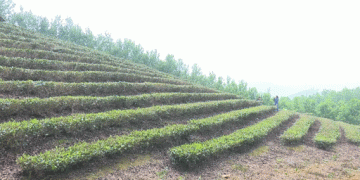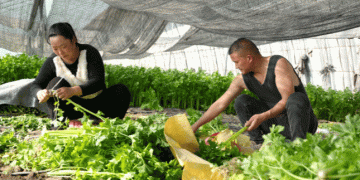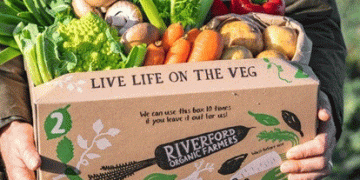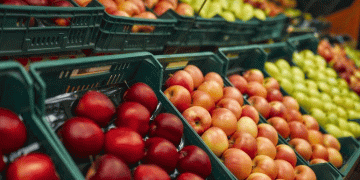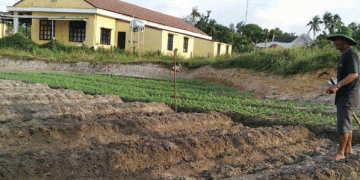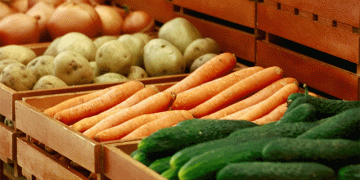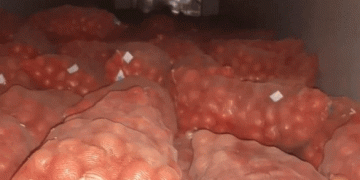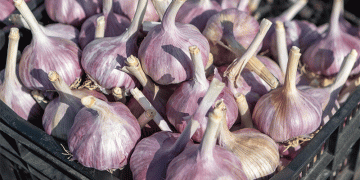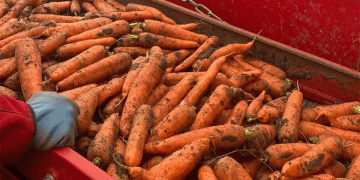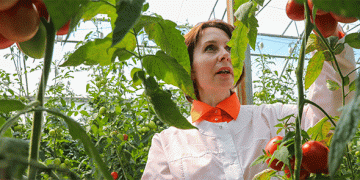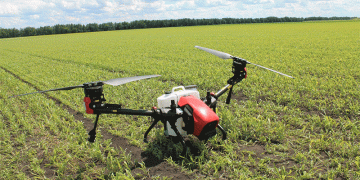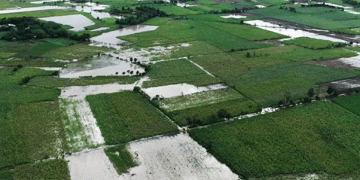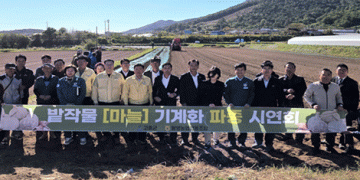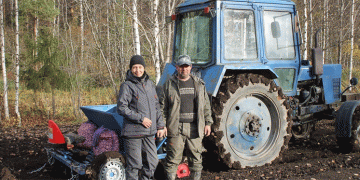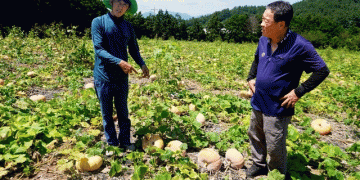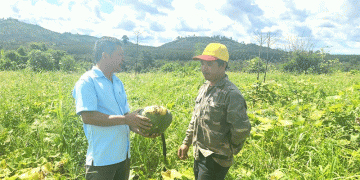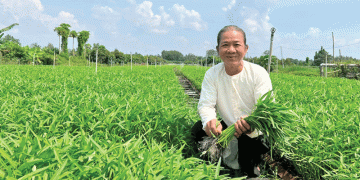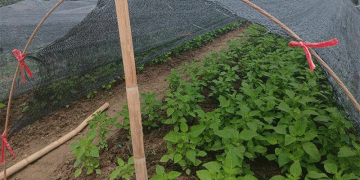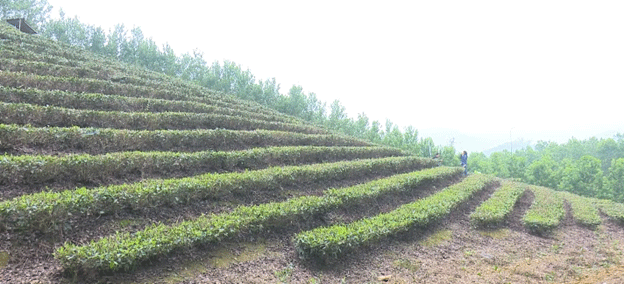Green asparagus (Asparagus officinalis), long considered a premium vegetable in global markets, is gaining a strong foothold in Vietnam’s northern mountainous province of Bac Kan. Known locally as măng tây xanh, this high-value crop—rich in fiber, vitamins, and antioxidants—is becoming a profitable venture for farmers committed to clean and sustainable agriculture.
Once thought to be suitable only for lowland or imported farming systems, green asparagus is now being grown successfully in Bac Kan’s highland climate. With proper care and training, farmers have turned this “royal vegetable” into a local bestseller—every harvest is sold out immediately, according to recent local reports.
The Nutritional and Market Value of Asparagus
Asparagus is globally recognized for its high market price and dense nutritional profile. According to the USDA, asparagus is rich in vitamin K, folate, vitamin C, and dietary fiber, making it a top choice for health-conscious consumers. Globally, the asparagus market is growing at a CAGR of over 4.5%, with Asia-Pacific countries—especially China and Vietnam—seeing rising domestic demand.
Retail prices in Vietnam vary by season and quality but typically range from 80,000 to 150,000 VND/kg (USD 3.20–6.00), significantly higher than most leafy vegetables. With yields of 6–8 tonnes per hectare per year and harvesting possible every 1–2 days during the peak season, asparagus offers farmers a continuous source of income.
Bac Kan’s Clean Agriculture Strategy: Green and Profitable
Bac Kan’s success with asparagus is part of a broader push toward safe, circular, and green agriculture. Over recent years, local agricultural authorities have actively promoted:
- Clean cultivation techniques (no chemical pesticides or synthetic fertilizers)
- Compost and organic waste recycling
- Farmer training programs on crop care and post-harvest handling
The province has also encouraged the development of cooperative models to support input supply, knowledge sharing, and market access. By integrating asparagus into these sustainable systems, farmers benefit not only from high market prices but also from long-term soil health and environmental resilience.
Challenges and Opportunities Ahead
Despite strong initial success, asparagus farming in Bac Kan is not without challenges. These include:
- Initial investment costs for seedlings and irrigation systems
- Labor-intensive care, especially during the first year of establishment
- Lack of processing infrastructure, which limits export potential and shelf life
However, these challenges are being met with increasing support from both the public and private sectors. Pilot projects in Bac Kan are exploring value-added processing (like frozen asparagus or pickled products), while regional agricultural extension services continue to offer hands-on guidance for scaling up production.
The rise of green asparagus in Bac Kan is a clear example of how mountainous, underdeveloped regions can embrace high-value, sustainable crops to boost rural incomes and promote agroecological farming. With supportive policies, technical training, and growing market demand, asparagus may well become a flagship product not only for Bac Kan but for clean agriculture across Vietnam’s northern highlands.
